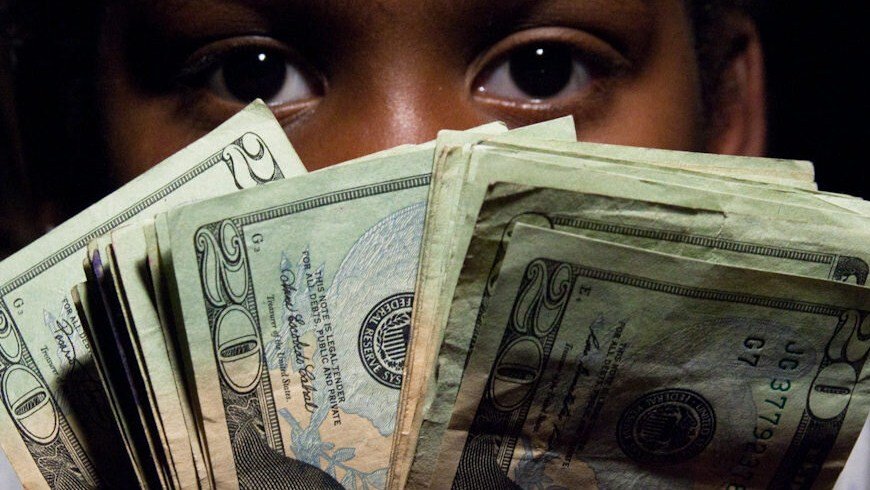What are the causes of the Lari’s decline?
According to experts, there are several factors that contribute to the weakening of the Lari against the dollar. Some of them are:
- The COVID-19 pandemic. The global health crisis has severely affected the Georgian economy, especially the tourism sector, which accounts for about 8% of the GDP. The decline in tourism revenues has reduced the inflow of foreign currency, creating a mismatch between the supply and demand of dollars in the market.
- The political instability. The prolonged political crisis in Georgia, which started after the disputed parliamentary elections in October 2020, has undermined the confidence of investors and consumers, leading to capital outflows and lower economic activity. The recent resignation of Prime Minister Giorgi Gakharia and the arrest of opposition leader Nika Melia have added to the uncertainty and tension in the country.
- The external factors. The appreciation of the dollar against other major currencies, such as the euro and the pound, has also put pressure on the Lari, as Georgia’s trade and debt are mostly denominated in dollars. Moreover, the rising oil prices and the inflation expectations in the US have increased the demand for dollars in the global market, making them more expensive for other countries.

What are the consequences of the Lari’s depreciation?
The depreciation of the Lari has both positive and negative effects on the Georgian economy and society. Some of them are:
- The increase in inflation. The weakening of the Lari makes the imported goods and services more expensive, which translates into higher prices for consumers. According to the National Bank of Georgia, the annual inflation rate in February 2024 was 4.9%, above the target of 3%. The central bank has raised its policy rate to 9% in order to curb the inflationary pressures.
- The deterioration of the external debt. The depreciation of the Lari increases the burden of the external debt, which is mostly denominated in foreign currency. According to the Ministry of Finance, the external debt of Georgia amounted to 11.8 billion USD, or 54.6% of the GDP, as of December 2023. The servicing of the debt becomes more costly and challenging as the Lari loses its value.
- The improvement of the competitiveness. The weakening of the Lari makes the Georgian exports more attractive and cheaper for foreign buyers, which can boost the export sector and the economic growth. According to the National Statistics Office, the exports of goods increased by 12.4% year-on-year in January 2024, reaching 323.4 million USD. The depreciation of the Lari can also stimulate the domestic production and consumption, as the imported goods become less affordable.
What are the prospects for the Lari’s recovery?
The outlook for the Lari’s exchange rate depends on the evolution of the domestic and external factors that affect the supply and demand of dollars in the market. Some of the possible scenarios are:
- The optimistic scenario. The Lari could regain its strength if the COVID-19 situation improves, the vaccination process accelerates, the tourism sector recovers, the political stability is restored, the investor confidence is enhanced, the economic activity is increased, and the external environment is favorable.
- The pessimistic scenario. The Lari could continue to depreciate if the COVID-19 situation worsens, the vaccination process is delayed, the tourism sector remains depressed, the political crisis deepens, the investor confidence is eroded, the economic activity is reduced, and the external environment is adverse.
- The realistic scenario. The Lari could stabilize or fluctuate within a certain range if the COVID-19 situation remains uncertain, the vaccination process progresses slowly, the tourism sector shows some signs of recovery, the political situation is calm but tense, the investor confidence is mixed, the economic activity is moderate, and the external environment is balanced.
